A lap robe is exactly what it says: It’s a blanket that covers your lap and knees. It is generally 27 inches by 36 inches or in the vicinity thereof. A lap robe isn’t intended to be used for sleeping. It is a smaller version of a blanket that covers your feet, as well as your legs and lap, and is ideal if you are riding in an open carriage or if your car heater is on the break.
Size
Lap robes can vary somewhat in size. A good size for a wheelchair lap robe is 36 inches square or 30 inches by 40 inches, whereas a lap robe that can also be worn to cover your shoulders if you get cold should be approximately 31 inches long and 17 inches wide. Other lap robes can be bigger at approximately 35 inches by 45 inches. Another suggestion is that lap robes should be 40 inches square, according to the Oklahomafood.coop. A lap robe is a smart thing to take with you when you go to a football game on a cool autumn night. Lap robes also come in handy for people who are confined to wheelchairs. There is enough material to keep them cozy but it’s not so big that it gets in their way.
Yesteryear
In days gone by, those who were wealthy enough to own a carriage routinely used lap robes. In addition to lap robes, men and women wore knee boots, which protected their legs from mud splatter and rain while riding in the carriage, and they wore carriage boots that were fur trimmed. Carriages didn't provide much protection from the elements.
Westward Ho
When the white man began driving the iron horse, or car, out West after the Civil War the cars were open and the driver and passengers got cold. Lap robes were very much in demand and needed for warmth. People particularly liked buffalo robes, which were used as coats as well as for lap robes. The buffalo lap robe was made from the skin of the American bison. The hair was left on the robe. The buffalo lap robe was usually trimmed so that it was rectangular in shape and it was lined with fabric. According to the 1895 Montgomery Ward & Co. catalog, a baby fur lap robe was 27 inches by 32 inches. A linen carriage robe was 52 inches by 62 inches and a buffalo lap robe was 54 inches by 62 inches.
Crazy Quilt
In the late 1870s, women were introduced to a new type of quilting called crazy patchwork quilting, which first came on display at the 1876 Philadelphia Centennial Exposition. The quilts that were shown were made by the Japanese and featured asymmetrical art. The Victorians loved it and started doing it themselves. They first started making lap robes that were smaller than regular quilts and were un-quilted. According to Book of Quilting, a crazy quilt lap robe can be any size that you desire.
Showing Off
The unique crazy quilt lap robes were used to decorate the parlor because they were so beautiful and a conversation piece. The quilts were made of brocade fabric, silk and velvet. They were pieced together in random shapes, which hadn’t been done before. The women liked to show off their needlepoint work and what better way than to use a crazy quilt as a lap robe or by tossing it over the back of the sofa so that it was on display. Stitches that were used included the chain, herringbone, feather and fly.
Related Articles

What Do Women Pirates Wear?

Sock Hop Fashions of the 1950s and 1960s
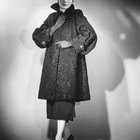
1958 Men's and Women's Dress Styles
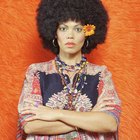
Clothes Worn in the Seventies
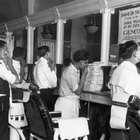
Men's Fashion of the 1930s
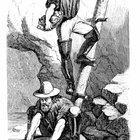
Clothing of the Gold Miners in the 1850s
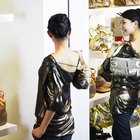
Handbags of the '80s
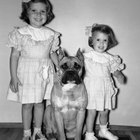
1950s Clothes for Children

What Is the Difference between a Coat ...

What Teenagers Wore in the 1940s
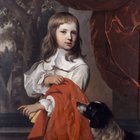
Children's Clothes in the 1600s
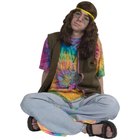
How Did Teenagers Dress in the '60s & ...

Children's Clothes in 1910
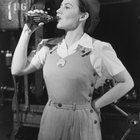
Women's Clothes in 1943
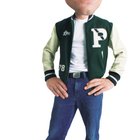
Letterman Jackets in the '50s

Hat Trends of the Seventies
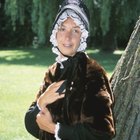
A Description of What the Puritans Wore
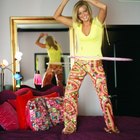
Clothing Ideas for a 1970s-Themed Party

How to Fit Galoshes
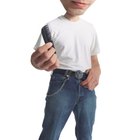
What Did Men Wear in the '50s?
References
Resources
Writer Bio
Cindi Pearce is a graduate of Ohio University, where she received her bachelor’s degree in journalism. She completed both the undergraduate and graduate courses offered by the Institute of Children’s Literature. Pearce has been writing professionally for over 30 years.